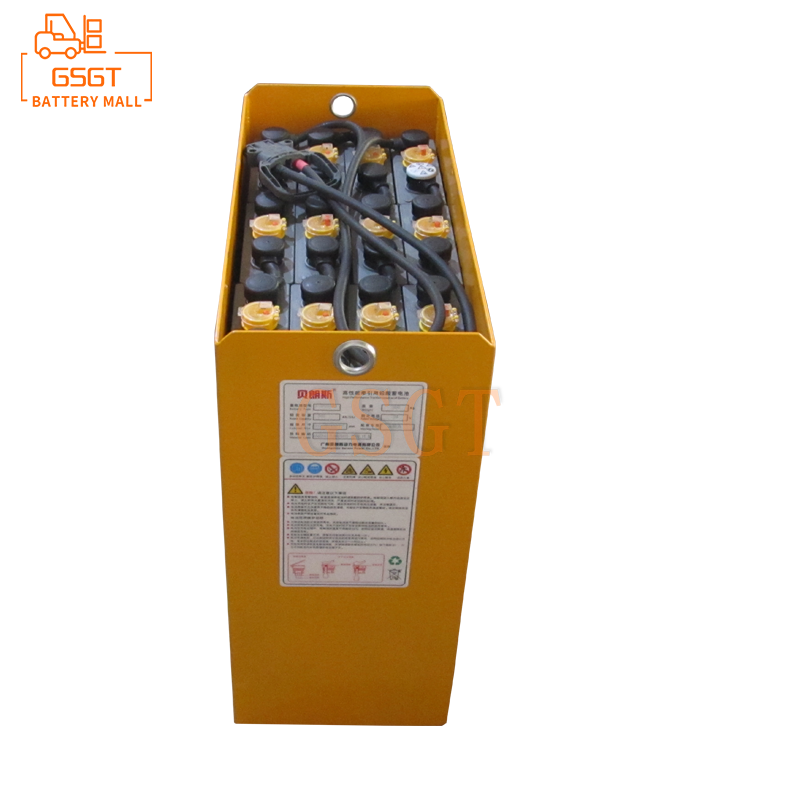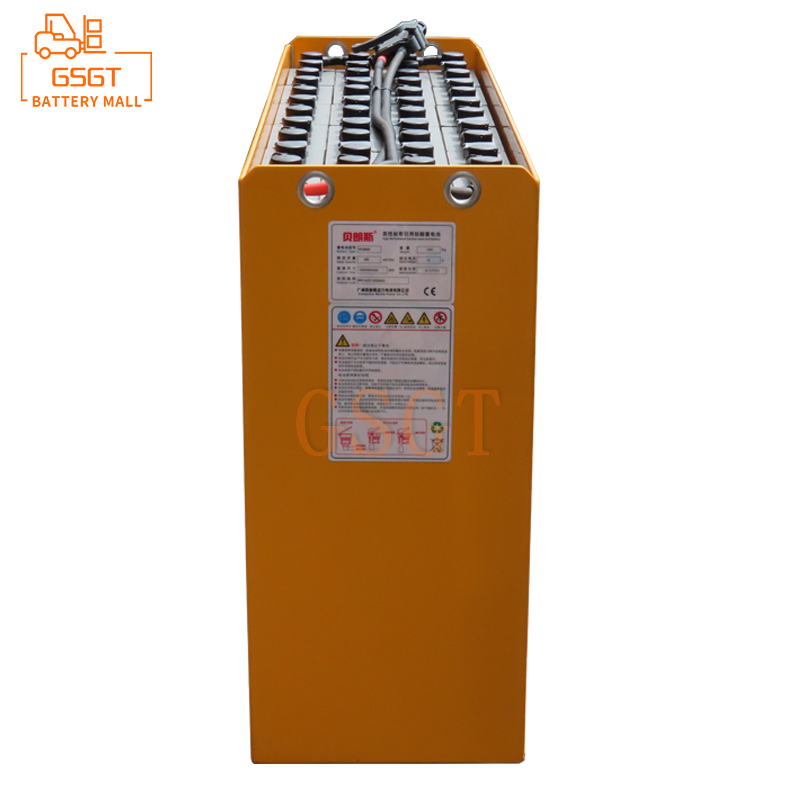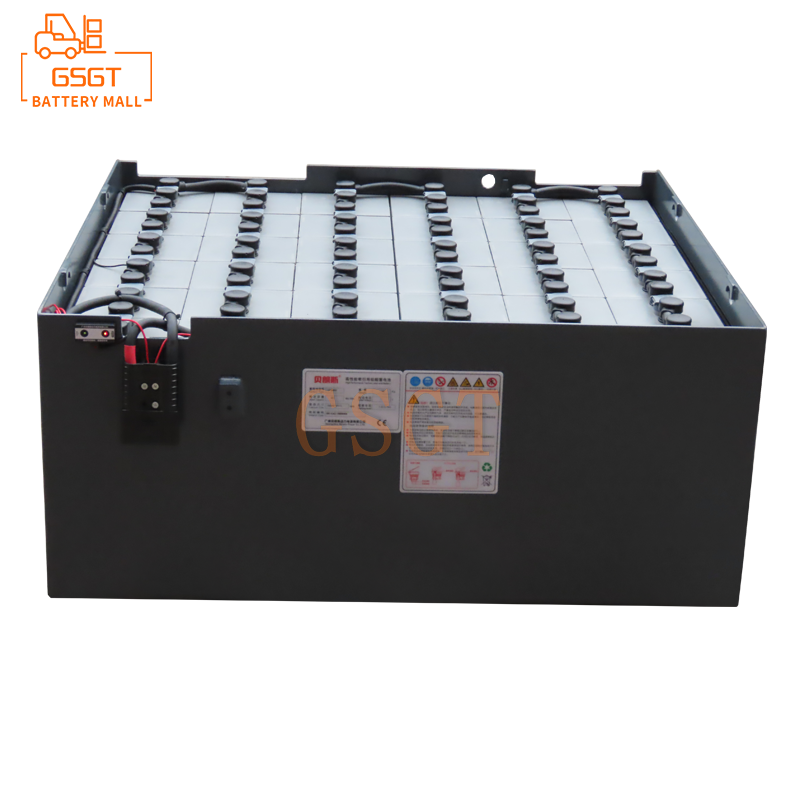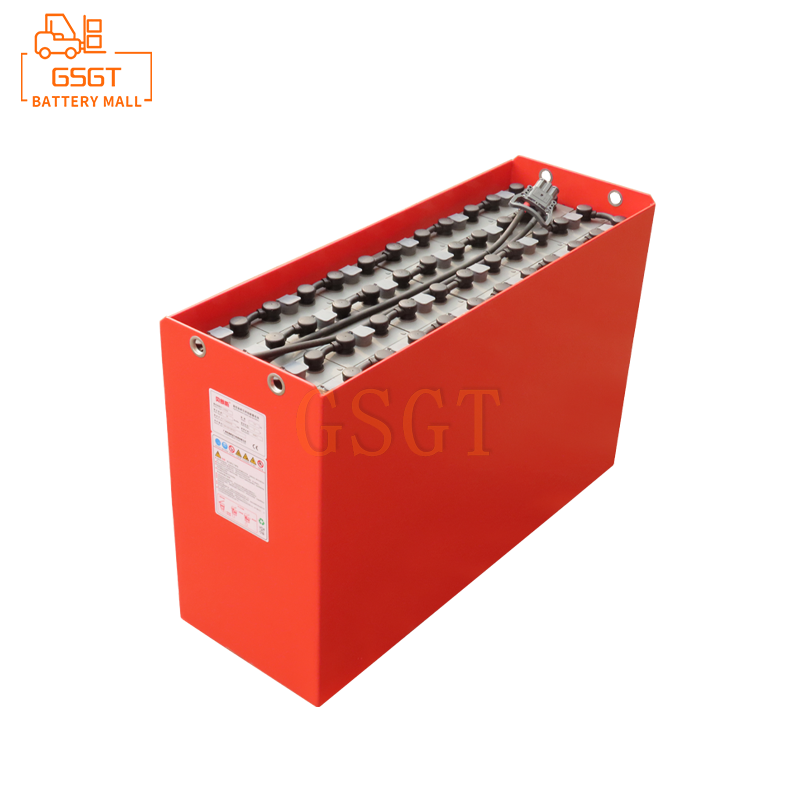Time:2025-03-08 11:42:19
Browse:360
In all kinds of electronic equipment and power storage systems, lead-acid batteries, as a kind of energy storage device with a long history and wide application, quietly play a key role. To gain a deeper understanding of how it "stores" and "releases" electrical energy, dismantling this process is the key to unlocking the secret door.
Wearing protective gloves, holding a screwdriver, face a common 12V lead-acid battery, its shell is made of high-strength plastic such as polypropylene, strong and acid-alkali corrosion resistance, which is the first line of defense to protect the battery's internal precision structure. Carefully remove the buckle or screw along the edge of the shell. When the shell is removed, the first thing you see is the translucent rubber partition, which is neatly arranged to divide the internal space of the battery into multiple independent small cells, each cell is a single cell battery. Usually, the 12V lead-acid battery is formed by six single-cell batteries in series, each single-cell battery voltage is about 2V, and the total voltage of 12V is superimposed after the series.
Peeling back the partition, you can see two important components - the pad. Plate is the core component of lead-acid battery, which is divided into positive plate and negative plate. The positive plate is covered with dark brown lead dioxide (PbO₂), which is hard; The negative plate is a livid, spongy lead (Pb) that is relatively soft to the touch. The design of the plate is extremely compact and adopts a porous structure, which greatly increases the contact area with the electrolyte, which is crucial for the charge and discharge performance of the battery. For example, the porous structure of the plate allows the ions in the electrolyte to react more quickly and fully with the active substances on the plate, thereby improving the efficiency of the battery charge and discharge. These plates are connected in an orderly manner by metal connection strips, which are made of well-conductive lead-antimony alloy or lead-calcium alloy to ensure smooth conduction of current between plates and reduce energy loss.
The plates are soaked in an electrolyte which is formed from concentrated sulfuric acid (H₂SO₄) mixed with distilled water in a proportion. The sulfuric acid concentration is generally between 30% and 40%. It plays a key role in the operation of the battery as an "ion transport carrier". When a lead-acid battery discharges, the lead atoms (Pb) on the negative plate lose two electrons and become lead ions (Pb² +) into the electrolyte. The lead ion then combined with the sulfate ion (SO₄²⁻) in the electrolyte to form the lead sulfate (PbSO₄) which was ₄ attached to the negative plate. At the same time, the lead dioxide on the positive plate, after receiving electrons, reacts with hydrogen ions (H +) and sulfate ions in the electrolyte, likewise producing lead sulfate and releasing water molecules. In this process, chemical energy is continuously converted into electrical energy, and electrons flow from the negative electrode to the positive electrode through the external circuit, forming a current that supplies electrical equipment connected to both ends of the battery.
The charging process is the reverse reaction of the discharge. When the external power supply inputs current to the battery, electrons flow from the negative electrode of the power supply to the negative electrode of the battery, so that the lead sulfate attached to the negative plate gets electrons and is reduced to lead atoms. At the positive plate, the lead sulfate, which has lost electrons, is re-converted into lead dioxide under the action of the electrolyte. The concentration of sulfuric acid in the electrolyte gradually rises, the water content is correspondingly reduced, and the electrical energy is thus "stored" into the battery, completing the re-accumulation of chemical energy.
With its unique internal plate, electrolyte structure and ingenious chemical reaction mechanism, lead-acid batteries have provided reliable power support for many fields such as automobile start-up, emergency lighting, and communication base station backup power supply in the past 100 years. With the development of science and technology, although new batteries continue to emerge, lead-acid batteries with low cost, easy access to raw materials, mature technology and other advantages, still occupy an important position in the energy storage map, continue to play an irreplaceable role, and become the silent operation of modern life "power cornerstone".

$1105

$3810

$4045

$2290

MESSAGE
Professional And Efficient
Security
Affordable Price
Professional Services